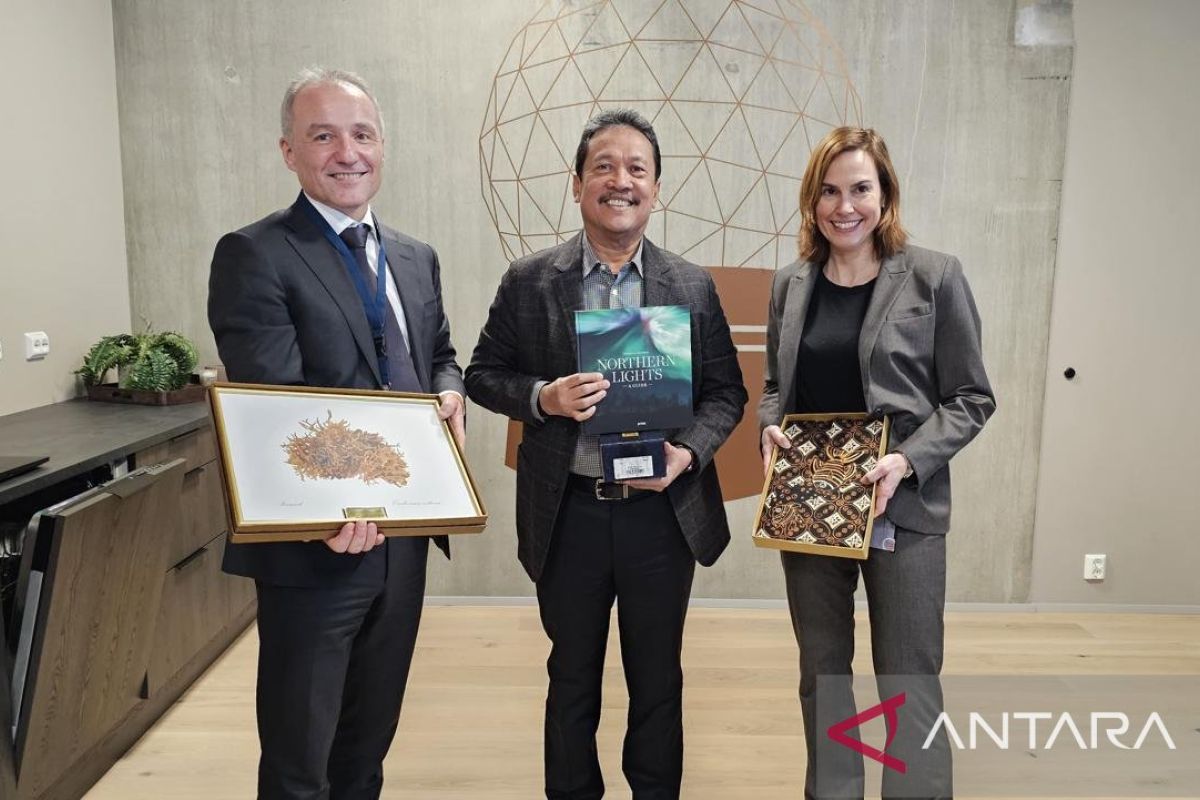"KSAT has the capacity and experience in earth observation satellite, development of hardware and software for maritime surveillance, as well as ship detection, to monitor illegal activities at sea," he said in a statement here on Sunday.
He explained that the satellite technology capability that KSAT has can be used in various maritime and fisheries sub-sectors. Not only can they detect ships carrying out illegal activities, but they can also provide environmental surveillance services to be able to analyze data of early warning on marine pollution threats.
"This satellite can also monitor algae bloom and aquaculture. Thus, if we synergize the technology with the technology that the KKP (Ministry) has already had, the results will be stronger. We are still exploring this," Trenggono remarked.
Meanwhile, Executive Vice President for Space & Surveillance for Kongsberg Defence & Aerospace Harald Aaro, who received the visit of Minister Trenggono, stated that at least 21 countries have received the services in the maritime and fisheries sector.
They include the construction of nanosatellites, earth stations for satellite command and control, supervision of fishing vessel operations, and oil spills.
Five blue economy programs have been launched by the Ministry of Maritime Affairs and Fisheries, including the expansion of marine conservation areas, the implementation of a measured fishing policy, and the sustainable development of aquaculture.
They also include monitoring and controlling the use of coasts and small islands, as well as marine plastic waste handling with fishers' participation.
Those five programs are implemented to ensure ecological sustainability as well as encourage economic growth in the community and increase state income.
Related news: Ministry uses technology to develop marine, fisheries human resources
Related news: Prioritize science and technology to tap marine potential: Ministry
Translator: Sinta Ambarwati, Raka Adji
Editor: Rahmad Nasution
Copyright © ANTARA 2024












